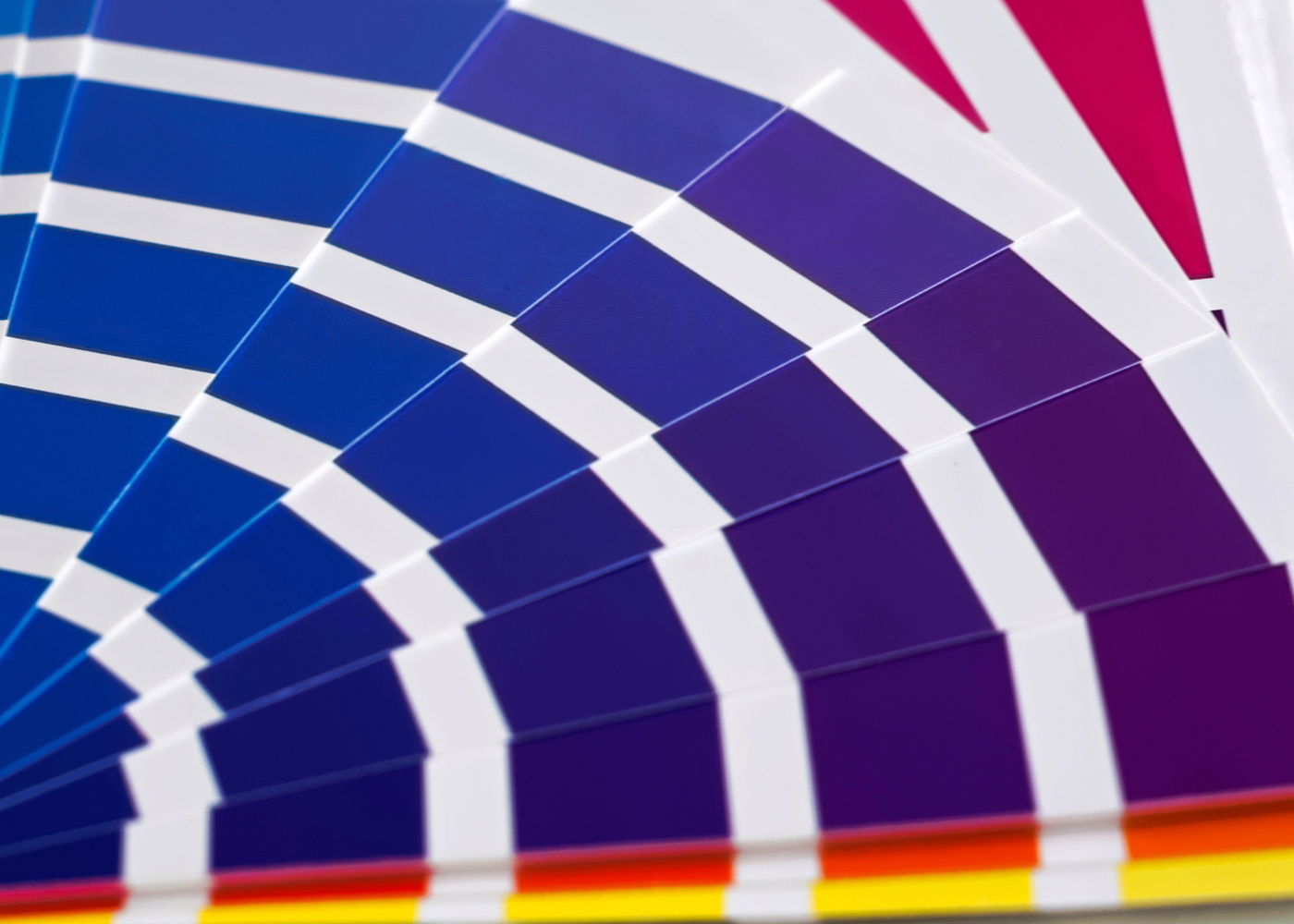
In the world of promotional merchandise, design or marketing, having a firm understanding of color will come in handy. There are two main realms for color: Print and Online.

1) PANTONE COLOR
This is commonly referred to as PMS (Pantone Matching System) or Spot Colors. This is a standardized color system that allows for consistency and accuracy across the board whether you’re printing on a mug, t-shirt, or brochure. These formula guides provide printers with exact color matching.
2) CMYK
This is also referred to as Process Color. The four colors, Cyan, Magenta, Yellow, Black are mixed using percentages. CMYK is used for situations when printing spot colors are not an option. It’s good practice when establishing your brand to have both Pantone as well as CMYK colors established to cover all situations. The advantage of CMYK is it’s going to be more economical especially if your logo has many colors.


1) RGB
Red, Green, and Blue are rendered onscreen for computer screens, mobile devices, televisions, and illuminated signs.
Example:

2) HEX
This is short for hexadecimal color and it is used for websites. There are 16,777,216 unique color combinations that comprises of six characters using numbers and six letters preceded by “#”.
Example:
What’s the difference between RGB and HEX codes? These are two ways of specifying the same thing. For you math nerds out there, HEX codes are base 16 while RGB is base 10.
Remember, RGB and HEX codes should never be used for printing. It is strictly for digital applications.
Hope this guide helps answer some of your questions about color. Westminster is here for you as well.